Artificial photochemically-active microswimmers, with 2D or 3D swimming behavior, can also swim against gravity.
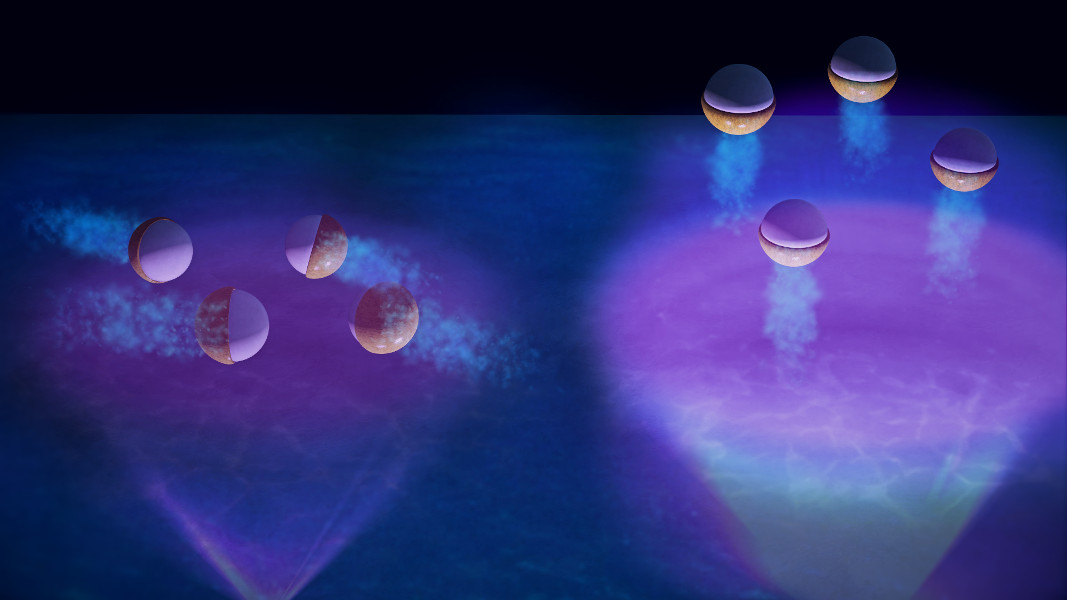

Artificial photochemically-active microswimmers, with 2D or 3D swimming behavior, can also swim against gravity.
![Moisture-Resistant Perovskite Solar Cells Based on Low-Cost Dye [Video]](https://www.advancedsciencenews.com/wp-content/uploads/2018/04/aenm201703007_ASN_image.jpg)
Dopant-free, moisture-resistant hole-transport materials (HTMs) for perovskite solar cells based on derivatives of the dye anthanthrone (ANT) are developed by Sagar M. Jain from Swansea University Bay Campus, Prashant Sonar from Queensland University of Technology, and co-workers.

An international team have used waste cooking oil from a university cafe to make a cheap, effective material for absorbing oil from seawater.
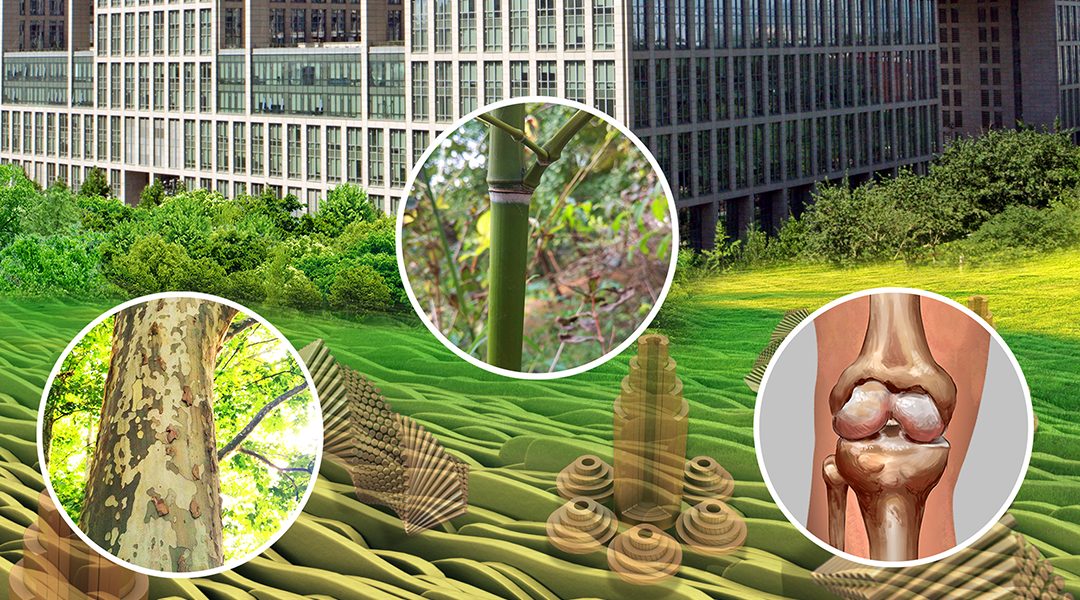
A recent special issue of Advanced Materials, issue 45 in 2017, was dedicated to highlighting nature-inspired surface and materials research at Beihang University in Beijing, China.
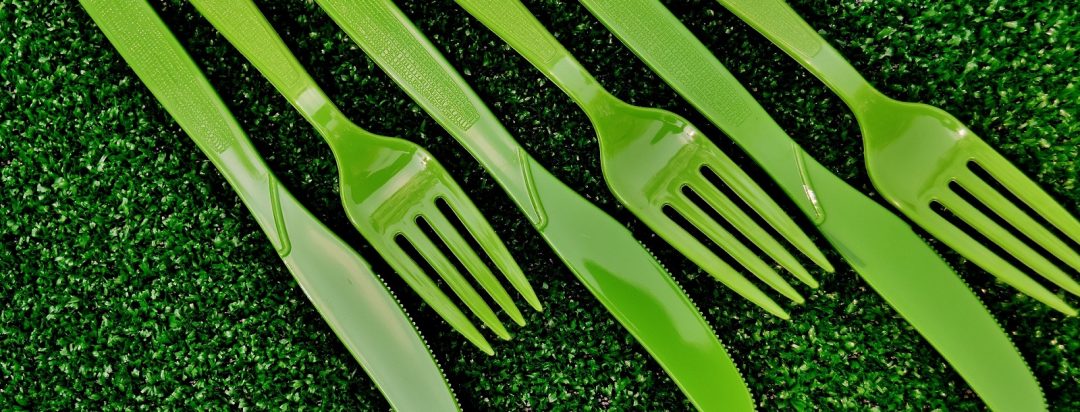
A Spanish consortium of indutry and science is seeking for new compostable materials for mass-market single-use products like tableware, packages and single-use bags.

A true invisibility cloak would encompass an object, and manipulate light, in a manner such that it traveled around the object, rather than reflecting off it. A recent paper reports some exciting progress toward such a design.

The important role of surface-bound hydroxy groups of vanadium catalysts under reaction conditions by employing in situ DRIFTS experiments and DFT calculations is elucidated.
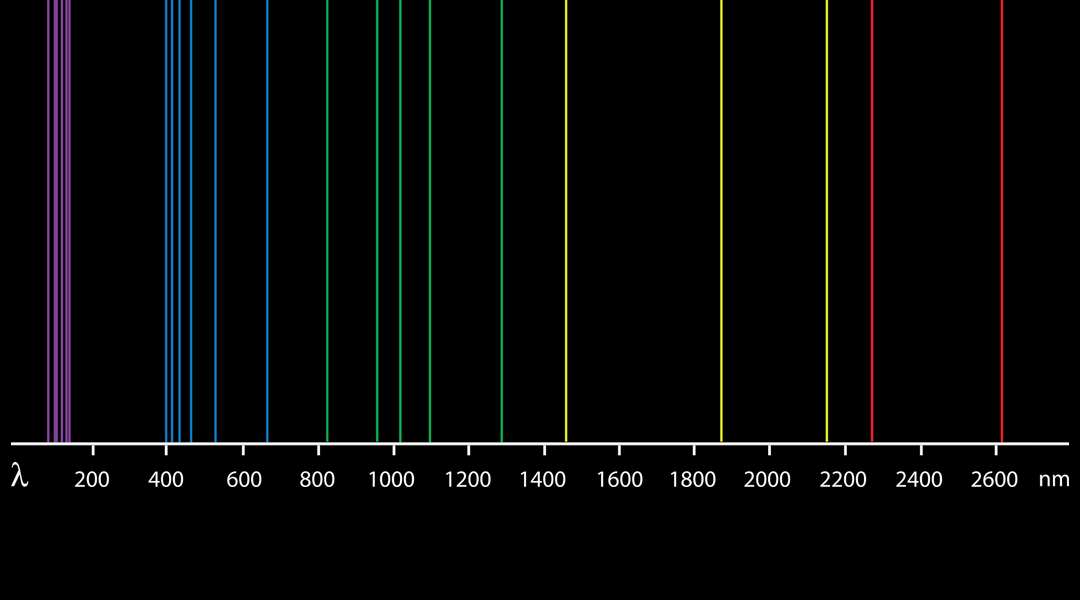
IR-driven transfer of plasmon-induced hot electrons in a nonmetallic branched heterostructure, by combining ultrafast transient absorption spectroscopy with theoretical simulations, is demonstrated for the first time.
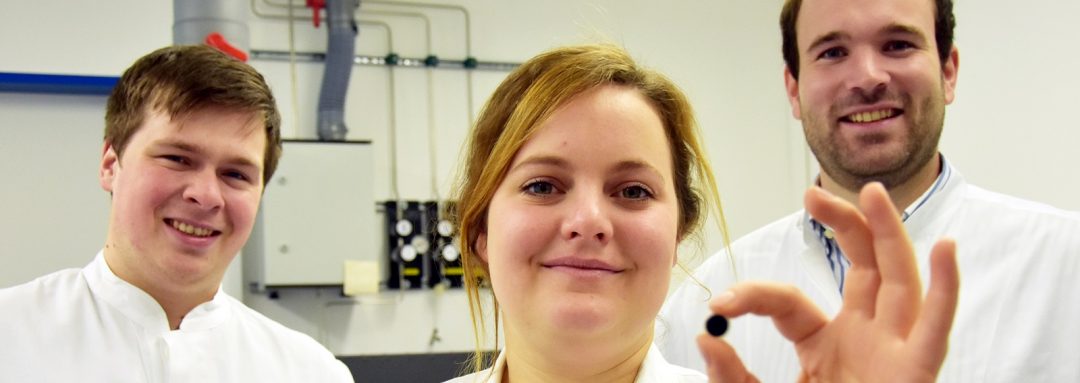
Young start-up team develops a promising new reference materials for direct microanalysis of solids.

A novel way to measure rainfall, namely using microwave links from cellular communication networks as path-average rain gauges, is discussed.